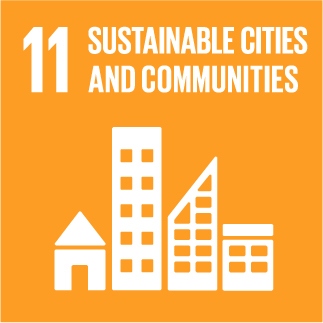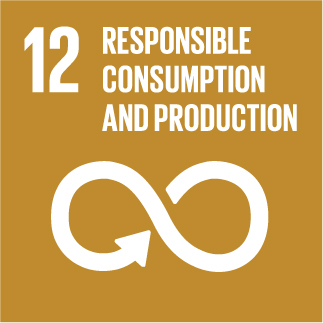URBANREC
Potential of Eucalyptus globulus industrial bark as a biorefinery feedstock: Chemical and fuel characterization
Eucalyptus globulus bark is a residue from the pulp industry, traditionally used for energy production. This work aims at a more comprehensive knowledge of this industrial bark providing alternative possible uses based on its chemical and thermal characteristics. Bark and wood (18.3% of the total) were separated and bark was fractionated into fine (B1, ? <0.180?mm) medium (B3, 0.450?<??<0.850?mm) and coarse (B6, 2?<??<10?mm) fractions. B1 showed a higher inorganic (21%), extractives (12.2%) and lignin (23.4%) contents than B3/B6 (3.7/5.1%, 8.9/9.8% and 21.6/22.8%, respectively) and much lower polysaccharide content (44% vs 63/62%). B6 presented the highest contents of total phenolics (TFC, 271?mgGAE/gExt), flavonoids (FC, 106 mgCE/gExt) and condensed tannins (CTC, 65?mgCE/gExt) as well as antioxidant activities for Ferric Reducing Antioxidant Power (FRAP, 5.8?mmolFe2+/gExt) and 2,2-diphenyl-1-picrylhydrazyl free radical scavenging assay (DPPH, 4.3 and 2.5 antioxidant activity index for ethanol and water extracts). B3 and B6 fractions showed similar proximate and ultimate analysis with higher High Heating Value (HHV close to 18?MJ/kg) and lower volatiles-to-fixed-carbon ratio (4.4) than B1 (15.2?MJ/kg and 6.3 respectively). Bark has some detrimental thermal characteristics, such as high amounts of ash and chlorine (0.35%), presenting chemical features that point to their possible use in the food and pharmaceutical industries (high extractive content, phytochemical composition and antioxidant potential) or polysaccharides valorization (polyols, hemicellulose-derived oligomers, ethanol production).

» Author: Duarte M. Neiva, Solange Araújo, Jorge Gominho, Angélica de Cássia Carneiro, Helena Pereira
» Reference: Industrial Crops and Products, Volume 123
» More Information

This project has received funding from the European Union's Horizon 2020 research and innovation program under grant agreement Nº 690103




URBANREC Guidelines by URBANREC Consortium is licensed under a Creative Commons Reconocimiento-NonComercial-NoDerivatives 4.0 Internacional License.
Puede hallar permisos más allá de los concedidos con esta licencia en www.aimplas.net
